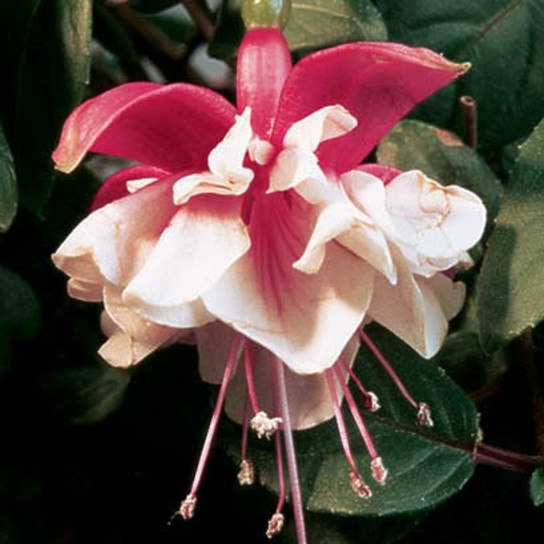
Oak Trees
Uses:
- Specimen or Focal Point
- Wildlife Planting
- Shade Tree
Features:
- Improve Air Quality
- Expansive Canopy
- Long Lifespan
- Support Wildlife
Sunlight:
- Partial Shade to Full Sun
- 4+ Hours of Direct Sun
Growing Zones:
- 3-9
- What is My Zone?
Oak trees, comprising the Quercus genus, include around 500 different species. These majestic trees are deciduous and make wonderful shade trees. Their broad canopies serve a number of functions including housing wildlife, sequestering carbon, improving air quality, conserving water, and lowering energy bills. The trees have a beautiful silhouette and put on a showy fall display with red, orange, and yellow foliage. Native oak trees are arguably the single best tree to plant to support wildlife, providing food and shelter for mammals and birds and serving as host plants for over 500 butterfly species.
About Oak Trees

Oak Tree
Northern Hemisphere
Trees
Deciduous
3 - 10
Brown/Copper, Gold/Yellow
Spring
Open, Oval, Rounded
Butterflies, Moths, Pollinators, Small Mammals
Drought
Deer
How To Use Oak Trees In The Garden
Oak trees are well-known for growing very large and living for hundreds of years. Their expansive canopies provide essential habitats for various wildlife species, including birds and insects. Additionally, oak trees produce acorns, which serve as a vital food source for animals such as squirrels and deer. Their deep root systems contribute to soil stabilization, preventing erosion and promoting a healthy ecosystem.
In garden landscapes, oak trees offer substantial shade, making them ideal for creating cool, restful areas during hot seasons. Their robust branches are perfect for supporting swings or hammocks, adding functional charm to outdoor spaces. The fallen leaves enrich the soil with organic matter, enhancing its fertility and structure. Furthermore, the distinctive appearance of oak trees adds a timeless aesthetic appeal to any garden setting.
Oak Tree Care
Planting oak trees requires well-draining soil with a pH between 6.0 and 7.0. They prefer full sun exposure, receiving at least six hours of direct sunlight daily. Water young oaks deeply once a week during their first growing season to establish a robust root system; mature trees are more drought-tolerant and need less frequent watering. Fertilize in early spring with a balanced, slow-release fertilizer to support healthy growth.
Prune oak trees during late winter or early spring when they are dormant to maintain structure and remove dead or diseased branches. In regions with harsh winters, apply a 2-4 inch layer of mulch around the base to insulate roots, keeping it away from the trunk to prevent rot. Growing oaks in containers is challenging due to their extensive root systems; however, dwarf varieties can be considered for large pots with adequate space and proper drainage.
Learn More About Oak Tree Care

Oak Tree Companion Plants
Oak understories stay comparatively dry and shady, so companions must thrive on modest moisture, lean soil, and filtered light while coping with the tree’s shallow, wide‑spreading roots. Native oakleaf hydrangea slots in perfectly because it flowers without needing irrigation once established. Foamflower forms an attractive, weed‑suppressing carpet that tolerates root competition and echoes the woodland setting. In spring, pansies and violets provide easy color before leaf out, and tough ornamental grasses add texture without forcing you to water the oak.






















